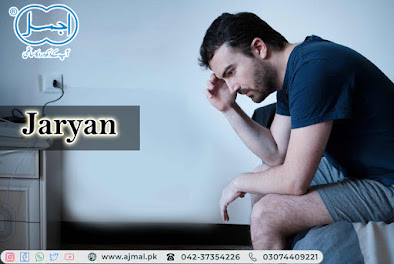What Is the Best Way to Treat Spermatorrhoea?
Spermatorrhoea, also known as spongiosis, is a common medical condition that can lead to irritation, infection and even blockage of the tubes in the reproductive system. The spongy tissue that blocks these tubes is known as the epididymis and its job is to protect the urethra from urine so that it can function properly. Epididymis also has a role to produce the necessary lubrication for the sexual organs to work correctly.
When this part becomes infected or injured, however, it can make it difficult for the sperm to reach the egg and, hence, infertility develops. This condition is one of the most common causes of male infertility and the leading cause of male babies born with low birth weights. It is believed that this condition is caused by structural or physiological problems within the epididymis but the exact cause is not known.
There are
two main options for treating spermatorrhoea. These include medical treatments
and home remedies. Medical treatments involve using medicines to remove the
blockage from the epididymis and are often administered with the use of a
surgical instrument called an endoscope. (jaryan ka ilaj) There can be side effects with these
kinds of medicines and they do not always work for every person.
Home
remedies for spermatorrhoea are also available. These herbal or natural
treatments are believed to be very effective and can often provide substantial
results with little or no side effects. They are usually made up of natural
ingredients that help to strengthen the immune system, improve the digestion
and encourage proper blood flow. There can also be beneficial effects to
drinking plenty of water, taking daily exercise and having a well balanced diet.
Spermatorrhoea
can be difficult to detect. Women who may notice an unusual discharge from the
vagina or a foul odor may mistakenly believe that it is another disorder. In
many cases, it does not cause any problems and may go away on its own in a few
days. It can be difficult for women to determine whether or not they are
suffering from spermatorrhoea simply because there are no symptoms that may
indicate that there is something wrong.
There are
several tests that may be carried out in order to determine whether or not a woman
is suffering from the condition. These include inserting a speculum into the
vagina or anus, checking the surrounding area, and performing pelvic exams. A
cyst may also be present if a woman is experiencing difficulty in delivering a
baby.
The most
common and successful spermatorrhoea treatment is surgery. This may involve the
insertion of an endoscope and the removal of a blockage. However, this option
carries the risk of infection and scarring. Sometimes, when left untreated, it
can lead to a hydrocele, which is a sac where the testes have developed. As
well as causing infertility to return, the inflammation of the hydrocele
can also make it more difficult to conceive.
Surgical
treatments carry the risk of complications and side effects. For example, if a
section of the fallopian tubes is damaged during surgery, the patient may
experience severe pain and infertility for a period of time after the
procedure. (jaryan) Complications may also occur due to general anesthesia and increased blood pressure after the operation. Although rare, a malignant growth
may develop in some cases, which requires the need for additional treatment and
potentially surgery to remove it. A normal pregnancy may also be affected
after a spermatorrhoea treatment, but the chances of a complication are low.
There are
also, many natural home remedies that may help a woman to cope with the pain of
infertility. These can include increasing fluid intake through diet and
incorporating supplements into the diet. Drinking plenty of water and eating
plenty of fibrous food, such as vegetables and whole grains, may help to reduce
the discomfort. Herbal remedies such as saw palmetto, green tea, and magnesium
are also known to reduce the symptoms of spermatorrhoea. These can be taken in
capsule form and drank on a daily basis.




Comments
Post a Comment